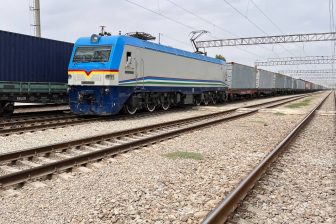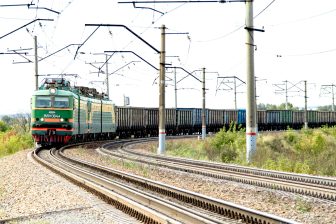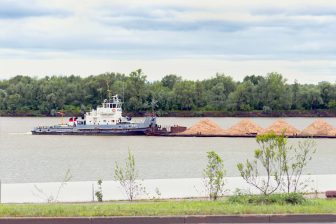
CEE importers will benefit from Silk Road trains in coming peak season
For some European importers, Christmas goods must be ordered before September if they are to be shipped via rail. Time is ticking, says Michaela Kralovicova, CEO of Infinity Forwarding in Slovakia, who believes that small-scale importers in Central Eastern Europe can benefit significantly from the prevailing conditions of China-Europe trains.
Kralovicova has experience as a previous importer and current freight forwarder in the market of Slovakia and the Czech Republic. To transport products via rail from China to Slovakia, you need an average of 35 to 50 days of transit time. Moreover, factories need additional time for manufacturing, which could range from one week to two months.
As the trade volume between Europe and China drops, more space becomes available in the container, and this results in less congestion and a cheaper price compared to last year, according to Kralovicova. This is especially true in the rail freight business, and Kralovicova recommends that smaller-scale importers in Slovakia and the Czech Republic should take advantage of rail transportation between Asia and Europe.
Small-scale importers benefit
Kralovicova said that currently, to ship a product from China to Slovakia, the price difference between ocean freight and rail freight will be only 30 per cent. This looks a bit unrealistic as currently shipping from Shanghai to Hamburg via ship would cost around 400 US dollars per TEU, while from Chongqing to Duisburg via rail would cost around 5.500 US dollars per TEU. The difference is higher than twelve times, how could this be narrowed down to only 30 per cent?
«Slovakia and Czechia are landlocked countries. When it comes to sea shipments, more than 50 per cent of the final price paid by the clients is local costs in Europe, such as haulage or terminal fees, after the containers arrive at European ports,» Kralovicova explained. As a result, in many cases the final price of sea shipping ends up being only 30 per cent cheaper than a rail-only service.
However, a 30 per cent price difference only applies to small LCL shipments, around one to four cubic metres (CBM). The higher the CBM, the bigger the price difference. Thus, rail freight will be an ideal choice for smaller-scale importers who would like to receive their products 20 days earlier, with a small extra contribution. As a result, even though this year’s China-Europe trade volume declined, rail freight forwarding in the region grew, with only one exception.
Vietnam excepted
China has put much effort into connecting Southeast Asia via rail this year or, at least, rail-sea intermodal. The New International Land-Sea Trade Corridor and China-Laos became intermodal solutions for Southeast Asian products to be delivered to western China cities such as Chengdu and Chongqing, where the containers could access two China-Europe consolidation centres. As more factories are moving from China to Vietnam, could this become a fast track for Vietnamese products to be shipped to Europe? Kralovicova doubts that.
Previous operations have made her realise that this New International Land-Sea Trade Corridor has its capacity limitations. As a result, Vietnamese products shipped to China will be prioritised over those headed to Europe. The waiting time? «We experienced one month before,» said Kralovicova. Thus, ironically, customers would experience the same delivery time as ocean freight directly from Southeast Asia to Europe. But for products shipped directly from China to Europe, rail freight is still a popular option. Importers need to make sure to secure their space on the train as soon as possible, as Christmas is approaching and the demand will grow, while delivery times could stretch.
Also read:



